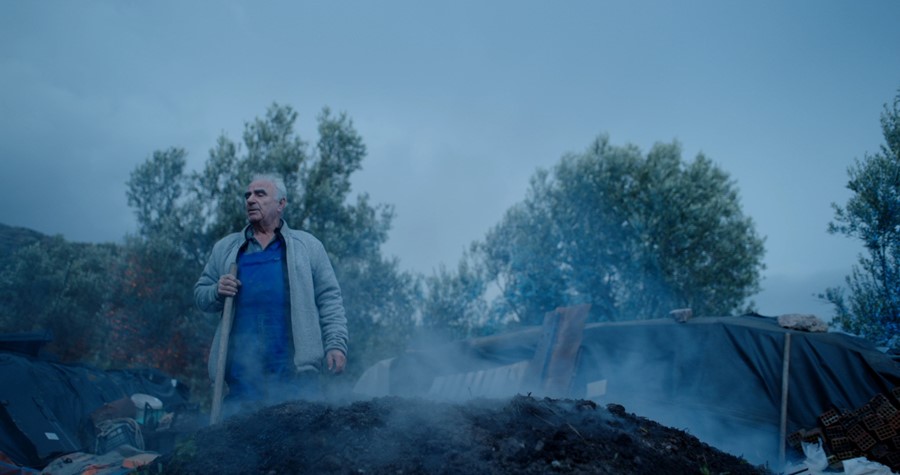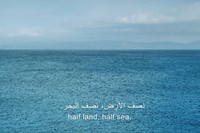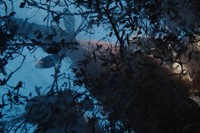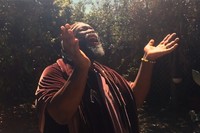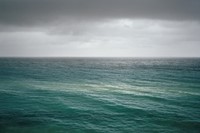The filmmaker and artist arrives in Berlin with a new exhibition, which began with a meeting with a Moroccan refugee and photojournalist Eirini Vourloumis
To say that Wu Tsang is one of the most important and interesting artists exploring ideas around how the marginalised are represented is not an overstatement. She was awarded the MacArthur Genius Grant in 2018 and Guggenheim Fellowship in 2016, creating work which spans film, performance and sculpture and first grew out of the LA club scene where the Chicago Art Institute graduate co-organised the iconic club Wildness. More recently, she created a film for Gucci and Frieze called Into a Space of Love, which looks at the queer and black origins and legacy of house music. Her own trans identity, and awareness of the nuances and issues around a queer past and present, is something that emerges in her work in refreshing and unexpected forms. Her collaborative artworks are rhythmic, intelligent, philosophical, and often very beautiful.
Tsang’s latest show is the result of a 12-month residency inside one of Berlin’s most respected art institutions, Gropius Bau, and forms a groundbreaking reimagining of what a museum can be. The title of the exhibition – There is no nonviolent way to look at somebody – reflects the ideas about resistance and awareness that fill her practice. “The phrase comes from a text called Sudden Rise at a Given Tune, and it’s part of a script that’s a performance that I do with my ensemble Moved by the Motion,” she tells AnOther. The text was a repeated motif that she used in numerous performances. “That’s a line that’s always meaningful and has an energy. It really gives me a chill. It references the history of the word ’nonviolence’ and ties certain political movements, but also I think it implies the intention of the artist or of the filmmaker to not be violent.” For Tsang, artists begin with good intentions but how that does justice to someone’s story or makes them visible is more complex.
Tsang’s interest in forgotten narratives does not just emerge in work about underground culture. Her latest piece is a film about Lesbos, a location at the heart of the migrant crisis in Greece. This cinematic work will be exhibited alongside stained-glass window sculptures and numerous older works. “I think of my approach as very documentary. I don’t have a script usually. There’s usually a loose idea of the story or characters. It really unfolds through the processes, observation and collaboration,” she points out. The impetus for the current film was a meeting with two people – a refugee from Morocco that Tsang met through a queer network in Athens and the photojournalist Eirini Vourloumis. “I was really struck by her work. We had a lot of conversations early on about the difference between the images that you have to make as a photojournalist versus the images you might make as a visual artist. How the demands are very different, but that there’s also some shared problematic representational issues around the kinds of images that people want. What is rewarded or valued.” These two different experience of the migrant experience helped to structure and inspire the film. “I realised I had two very different perspectives that I could tell. I don’t necessarily propose that I as a filmmaker can have the solution, but I try to have dialogues with the people involved and come up with something that’s true to their experience.”
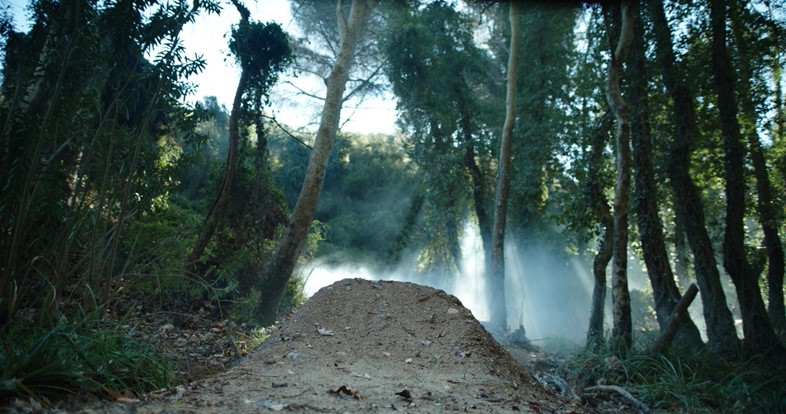
Gesture, movement and choreography are things that are innate in Tsang’s work – seen most immediately through collaboration with her partner Boychild. That sense of choreography can be seen in Berlin in the consideration of the movement of the viewer moving around an exhibition. It also reflects a wider feeling that language is limited. “I think about movement as a kind of language and how language is often inadequate or how verbal language is to articulate the complexity of our experiences. I guess like the interplay between something kind of being named and being unnamable.” Tsang’s practice is driven by a lack of restriction and a refusal of boundaries. As she notes: “I’ve realised that I find that I’m often drawn to things when there feels almost an impossibility to do it. The stakes have to be that high for me in order to really pursue it.”
Wu Tsang: There is no nonviolent way to look at somebody, runs until January 12, 2020 at Gropius Bau, Berlin.
